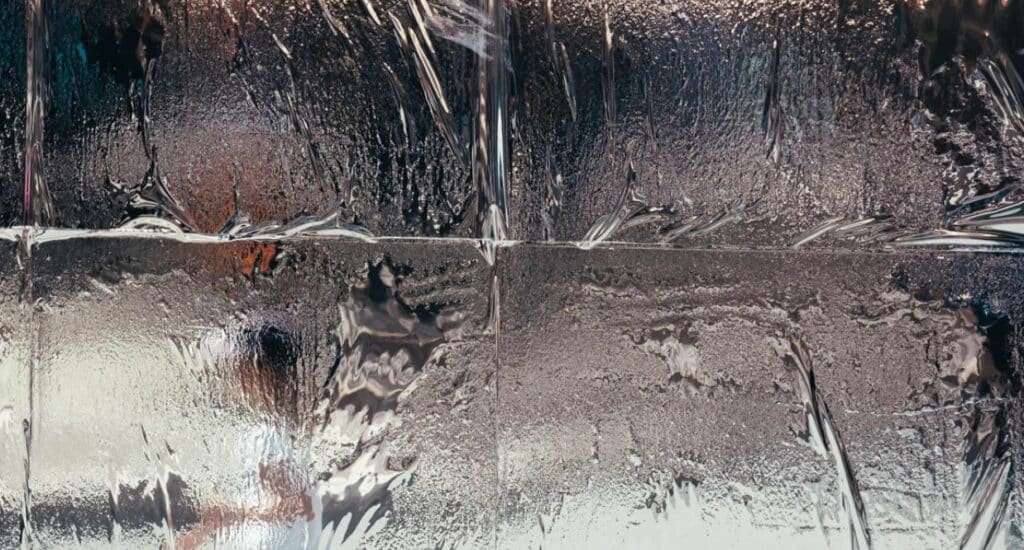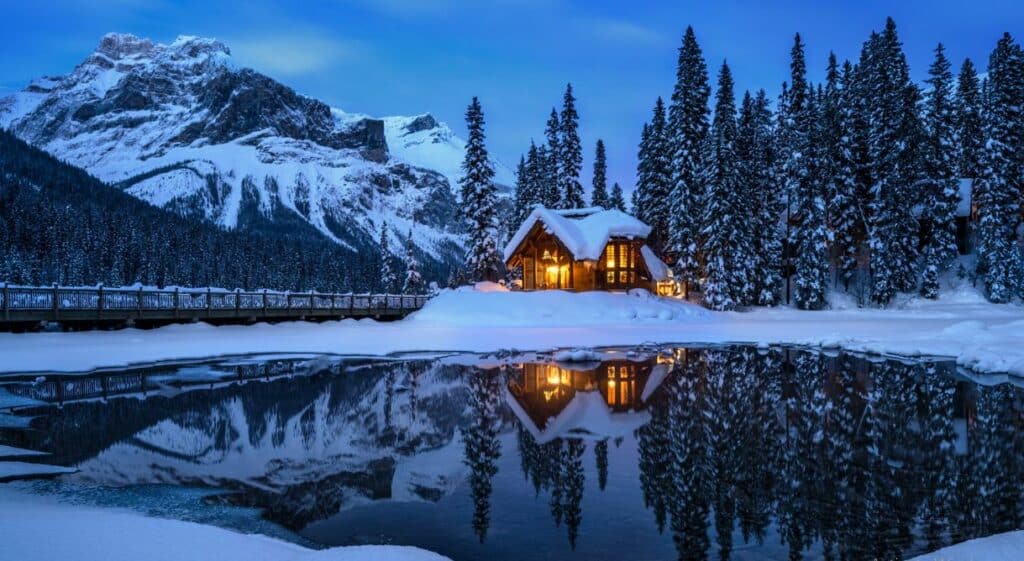Capture Stunning Wildlife Photos: Essential Tips for Beginners
In this article we will explain you 10 Best Wildlife Photography Tips Starting on the road of wildlife photography gives me a sense of adventure that I’ve never felt before. Getting pictures of nature’s untouched beauty is both exciting and moving. As a beginner, I’ve grown to enjoy the difficulties and benefits that come with this craft.
A world of experiences that are just ready to be woven into the fabric of wildlife photography is revealed. I want to capture the wild spirit of the nature world with every click of the shutter. Being patient, observing, and showing respect for the living things on Earth are all parts of this trip.
I’ll talk about 10 important tips that have helped me get along with wildlife and my camera lens in this piece. These ideas, which I’ve learned from my own experiences, help me capture times of breathtaking beauty in nature’s embrace.
Read More: Top 10 Best Photography Apps
What is Wildlife Photography?
Get good at that if you want to take pictures of animals where they live in the wild. To do this kind of shooting, you need to be skilled, patient, and know a lot about how animals behave. It’s also very satisfying.
Wildlife shooters can take pictures of many things, from big animals like lions and elephants to small ones like bugs and birds. Wildlife that is hunting, playing, or moving might be something they try to capture. They could pick close-ups of animals’ faces or clothes if they want something more specific.
Master Wildlife Photography: A Beginner’s Guide to 10 Essential Tips
There is no doubt that catching a creature in its native environment is exciting. The difficulty of wildlife photography, however, can vary. Here are 10 ideas to get you going:
Know Your Subject

Knowing about the wildlife in the area makes taking pictures more enjoyable. Seeing patterns in animals’ behavior shows us their rhythms, which helps us guess where they’ll go and how they’ll get there. This kind of information helps people figure out the best times and places to take pictures, which makes their experiences with nature more enjoyable.
It’s even better to look forward to pictures when you know what kinds of environments people like. Understanding where animals like to hang out will help you set up your traps more effectively and catch them in their natural environment. Wildlife photography is more interesting when you feel linked to the environment because you are good at these things. The Canon EOS R7 is best camera for wildlife photography check price on Amazon.
Gear Up

A zoom lens can help you take pictures of animals that are far away. It looks great in shots of animals. A lens with a long range is useful sometimes, but not always. If you know how to change things on your camera, like how fast the shutter opens and how much light gets in, you can take great pictures.
Learning how to use telephoto lenses opens up more artistic options. A long zoom lens might seem like the best option, but if you know how to change the settings, you can make up for it. By studying shutter speed and aperture, you can capture the spirit of wildlife, even from far away.
Befriend the Light

Wildlife photographers get to know the light in the early morning and evening. Soft, evenly spread-out rays gently caress the environment, bringing out the beauty of nature. It’s peaceful here, and the soft colors of dawn or dusk make it look nice.
It gives off a soft glow that brings out the details and colors in a subtle way. Less shadow is cast, making it easier for features to stand out. Photographers carefully catch the essence of nature’s magic at this time of year.
Patience is Key

Patience is essential in wildlife photography. The pursuit is all about waiting, watching, and looking forward to times that don’t come up. In the middle of nature’s theater, getting the right shot can take hours or even days of hard work.
Every sound of leaves rustling or a quick movement could mean an amazing chance. Being patient and aware is put to the test, and the prize is the stillness of a moment captured. Patience isn’t just a virtue; it’s a guiding concept that gives each frame the beauty of waiting.
Compose Creatively

People who take pictures and want their pictures to look good can use the rule of thirds. It makes the subject more interesting and draws the viewer’s attention in a lively way by moving it out of the middle of the frame. Photographers make pictures that are balanced and catch the eye by putting important things on the lines that cross or where the lines meet.
Another important thing is the setting. It should fit with the subject and not take away from how important it is. Getting rid of anything that might distract the viewer from the subject helps the picture tell a story and connect with the viewer. When shooters think about the setting and use the rule of thirds, they can make pictures that are interesting and connect with people. If you go to the Lightroom website, you can make your shots better.
Focus on the Eyes

The eyes are the most important part of wildlife photography because they show so much about the animal’s personality and feelings. A clear, sharp eye links the viewer and the animal, showing its life and spirit. Through the eyes, the observer can see into the wild animal’s soul, which helps them understand and feel love for it.
Photographing the fine features of the eye takes a lot of skill and time, but the result is a stunning portrait that feels real and full of depth. Photographers pay close attention to focus and design to capture fleeting moments of closeness and vulnerability, letting viewers enter the mesmerizing world of wildlife up close.
Be Ethical

It is very important to treat wildlife and their environments with respect. Keeping a polite distance and not bothering them is the best way to protect their health and the balance of the ecosystem. Following the rules and laws in your area encourages good management and protects natural ecosystems.
Putting the health and safety of wildlife first will help conservation efforts more. Animals have problems that make it hard for them to mate, eat, and do other things that their group needs to stay alive.
Practice, Practice, Practice

Getting better at wildlife photography takes a lot of hard work. The more you do the skill, the better your eye gets, and you’ll be able to catch fleeting moments in nature’s theater. Experimenting with different places and methods opens up new areas and sparks creativity in the wild.
Each click of the shutter improves instincts, making it easier to guess how animals will behave and what they will look like. Over time, knowledge is woven into a tapestry of patience and skill. By practicing regularly, photographers improve their skills and learn how to catch the essence of untamed beauty with skill.
Use Continuous Shooting Mode

Animals’ moves are often hard to predict because they are so unpredictable. Using a camera’s continuous shooting mode is essential for capturing those fleeting times that show what they’re really about. Every shot could be a masterpiece, showing how beautiful wildlife in motion is.
The photographer’s chances of getting that rare, perfect shot go up with each click. The fast succession of pictures gives us a look into how nature is always changing, turning quick actions into timeless visual stories. When you keep shooting, uncertainty turns into chance, and the lens shows you the wild spirit of the animal kingdom.
Post-Processing Magic

Wildlife photography can be greatly improved through post-processing. Cropping lets you get a better design by getting rid of unnecessary elements and focusing on the subject. Changing the brightness brings out more details and makes sure that there is just the right amount of light and dark to show off the animal’s features.
Also, changing the color balance can bring out the true essence of the scene and correctly capture the bright colors of nature. With these simple but powerful edits, you can turn ordinary wildlife photos into stunning works of art that show off the natural beauty and complexity of the animal world.
Bonus: Embrace the Unexpected
When taking pictures of wildlife, being open to the unexpected shows you what nature is really like. Chance meetings with animals lead to accurate descriptions of how they behave, evoking strong feelings and telling stories. Moments that weren’t planned are when the soul of the forest shows itself, going beyond staged compositions.
Being ready isn’t just about having the right things; it’s also about having your mind ready. Be ready for the unexpected and pay attention to your surroundings for short moments of magic. Being spontaneous is what makes things charming, and being able to change is what it takes to capture nature’s timeless appeal.
Explore More: 10 Best Photography Blogs to Follow for Inspiration
Final Words
Animal pictures are fun to take because they connect us to nature and show the world how beautiful it is. It will be easy and fun for you to start taking pictures of animals after reading these 10 tips. If you want to catch the magic of the wild, you need to be kind, patient, and brave. Talk about what you’ve learned about killing animals as you get better. You two can understand each other better. Also, think bigger and bigger.
Do not forget to share your beautiful animal photos on social media sites like Facebook and X(Twitter) to connect with other photographers around the world and get ideas. Have fun shooting!
FAQs
What camera equipment is best for wildlife photography?
The optimal gear may change based on the requirements of the job at hand, but a DSLR or mirrorless camera paired with a telephoto lens is a popular option. When photographing animals at a distance, you should look for a camera that has a quick autofocus and a lens that has a long reach (at least 300 millimeters).
How can I approach wildlife without scaring them away?
Move carefully and avoid making any abrupt movements or loud noises if you want to get closer to the wildlife. You can become less noticeable by blending in with your surroundings by wearing camouflage and keeping a low profile.
Is it ethical to feed wildlife to get better shots?
Feeding wild animals can cause disruptions in their normal behaviors as well as their diets, and in many countries, it is against the law to do so. It is preferable to observe and photograph animals in their natural habitat without interfering with the routines they have established for themselves.





